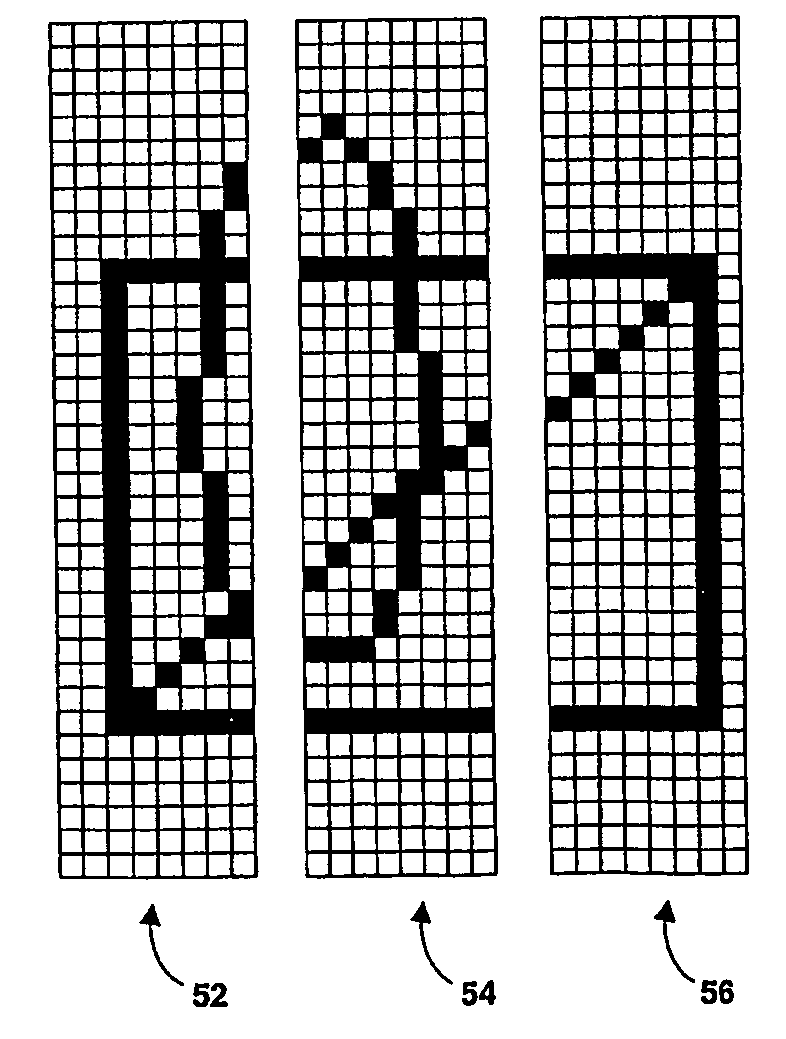Image processing in printing systems
a printing system and image technology, applied in the field of image processing in printing systems, can solve the problems of affecting the processing speed of images, affecting the quality of images, so as to reduce the processing time of each page, reduce the bottleneck between the computer output and the printhead, and increase the processing power available
- Summary
- Abstract
- Description
- Claims
- Application Information
AI Technical Summary
Benefits of technology
Problems solved by technology
Method used
Image
Examples
Embodiment Construction
[0108]FIG. 1 shows the main components of a printer according to an embodiment of the invention, which receives print jobs from a computer directly connected to the printer via a parallel port 10. The same printer could be used to print from a local area network connection or from a wide area network connection, e.g. over the Internet.
[0109] Print jobs are received by the printer in any one of a number of supported formats, such as in the form of Postscript™ files (although the skilled person will be aware that the nature of file received as a print job can vary according to prevailing standards and the use to which the printer is to be put).
[0110] A raster imaging processor (RIP) 12 receives the incoming print jobs and converts them to a rasterised bitmap, in known manner. The output of the RIP in the embodiment being described is a contone image file. The print job is processed on a page-by-page basis with each page being rasterised in turn and forwarded via a bridge 14 to a RAM...
PUM
 Login to View More
Login to View More Abstract
Description
Claims
Application Information
 Login to View More
Login to View More - R&D
- Intellectual Property
- Life Sciences
- Materials
- Tech Scout
- Unparalleled Data Quality
- Higher Quality Content
- 60% Fewer Hallucinations
Browse by: Latest US Patents, China's latest patents, Technical Efficacy Thesaurus, Application Domain, Technology Topic, Popular Technical Reports.
© 2025 PatSnap. All rights reserved.Legal|Privacy policy|Modern Slavery Act Transparency Statement|Sitemap|About US| Contact US: help@patsnap.com



